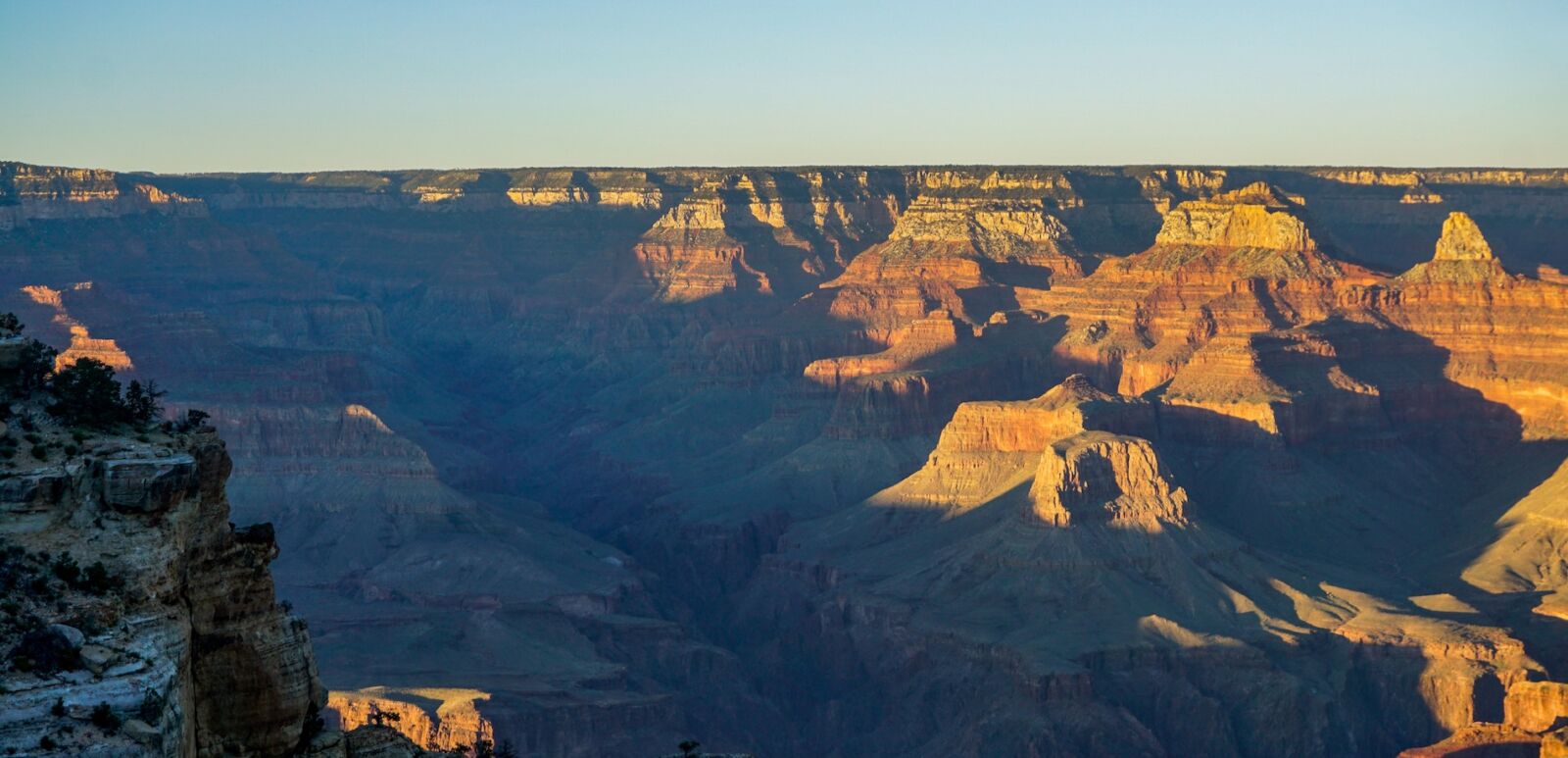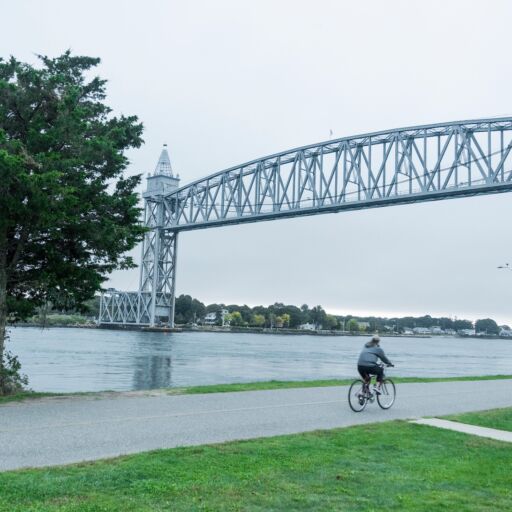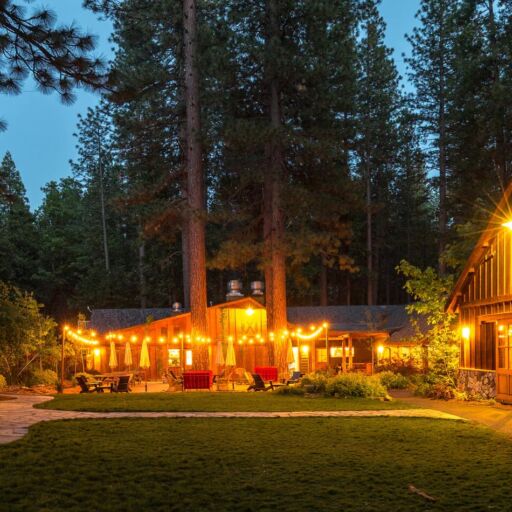Spring and fall seasons are typically the best time to visit the Grand Canyon with fewer crowds and milder weather. The weather at the South Rim, North Rim, and canyon floor vary widely, so it’s best to plan out which areas of Grand Canyon National Park you want to experience the most and plan accordingly.
In April and May, expect temperatures in the mid 50s-60s with the occasional snowfall. After a scorching and busy summer, September and October temperatures also dip back down to 50s-60s at the South Rim. Spring weather is typically the driest season, but occasional rainfall may occur.
Main Points
- Summer is very busy but has the most services.
- The best time to hike is spring and fall while weather conditions are optimal.
- Mid to late spring is ideal for rafting in the Grand Canyon.
- Wildlife viewing is best in the spring through the fall at dawn or dusk.
Best Time to Hike in the Grand Canyon
The best times of the year to hike in the Grand Canyon are the spring and fall.
If you want to see the South Rim and hike to the canyon floor, spring and fall will be your best bet. With temperatures on top in the 50s to 60s, and the canyon floor at a maximum of 90 degrees, this is the safest and mildest time to hike.
When you descend in elevation, the air temperature warms approximately 5.5 degrees for every 1000 feet you descend. Hiking down to the canyon floor on the famous Bright Angel Trail is obviously much easier than hiking back up, and every year many visitors must be rescued due to heat related illnesses in the summer.
Winter risks include slipping due to ice and poor weather like cold, rain, snow and wind. However the park is open to visitors during winter conditions and many experienced and prepared hikers visit in the winter.
If you plan on hiking at the North Rim, summer is the best choice. Not many visitors make it to the North Rim in summer, so beating crowds isn’t necessary. The North Rim is also higher in elevation and typically cooler than the surrounding areas. The National Park Service closes the area October to May. In spring, the North Rim opening date depends on snow conditions and typically opens in mid may.
Best Time to River Raft the Grand Canyon
The best time to river raft the Colorado River inside the Grand Canyon depends on your goals.
Summer temperatures make the canyon floor extremely hot and limits hiking. While it may be only in the 80s at the rim, the canyon floor temperatures easily hit 100 degrees. However the highest water is in July and August when the Glen Canyon dam releases more water. Expect the water to be occasionally muddy with rains and flash floods.
Alternatively, when rafting in the spring, you can expect the temperatures to be in the 80s-90s. Water will be colder, but the spring flowers are beautiful, peaking in April, and there are more opportunities for hiking.
Fall rafting on the Colorado River has the warmest water and the least crowds. The long shadows and clear air make for gorgeous views on the water. If pressed to make a choice, many rafting outfitters will say October is the best time of the year to see the Grand Canyon from the water.
There are many excellent raft outfitters to schedule your trip with. A self guided rafting tour requires a permit from the National Park Service.
Best Time for Photography at the Grand Canyon
Visiting the Grand Canyon to take beautiful photos is not limited by time of the year. Sunrise and sunset will bring the most beautiful photos and the smallest crowds.
Summer time months bring many tourists and finding a parking spot might cut into your photo time. Summer can also bring a haze to the air depending on the weather. Checking ahead to be sure you have clear air and good conditions is obviously crucial to making the most of your photography trip to the Grand Canyon.
Winter months are less busy and the contrast between the red canyon and snow can yield gorgeous photos. Spring photography has the added benefit of local wildflowers which add to the beauty of the Grand Canyon. If you’re in need of even more winter and spring photography opportunities, put Death Valley on your list.
Best Time for Wildlife in the Grand Canyon
Wildlife sightseeing is best at dawn and dusk when animals are most active. The Grand Canyon is home to 91 species of mammals, 447 species of birds, 48 species of reptiles and 10 species of amphibians.There is a lot to see depending on your interest and willingness to hike.
A word of caution: The National Park Service highly recommends cameras with long lenses as incidents of tourists getting injured have risen significantly. One hundred feet of distance (think two large shuttle buses length) from large animals is the standard recommendation.
Fall is the best time to see elk near the Grand Canyon. The mating season known as “the rut” brings out male elk seeking mates and a lot of action. Extreme caution is advised as elk can be aggressive.
Anyone afraid of visiting the Grand Canyon due to snakes should visit in spring or winter when they are hibernating. Other notable animals in the Grand Canyon include Bison, Mule Deer, Condors, Rattlesnakes, Scorpions, Bighorn Sheep and a diverse species of bats.
Avoiding the Crowds in the Grand Canyon
Summer is the busiest season for the Grand Canyon. With children out of school, many families use the time to travel. The park receives over 700,000 visitors each year which makes for long lines and wait times.
Want to avoid the crowds, see our take on National Parks to Skip this Summer.
Shuttle buses from Las Vegas are frequent in the summer season. However if this is your only time to go, a shuttle bus can make the tour much easier without having to rent a car. The ability to take in the views while riding is an added bonus.
If you plan to travel in the summer, visiting the North Rim is the best way to avoid the summer crowds. The typical Grand Canyon views are from the South Rim, but the north has plenty of amazing views and great hiking (if you’re looking for views, check out our guide to the highest observation decks in the US). Temperatures are cooler as well at the North Rim since it is higher in elevation.
Holidays and weekends are also busy times for the Grand Canyon. Avoiding these times will help you take in the gorgeous views and enjoy the area without feeling packed. If avoiding crowds is your goal, make sure to skip the gift shop and get your Grand Canyon souvenir online from National Parks Supply Co.
The “shoulder” seasons of late March to mid May as well as late September to November are the best to avoid the crowds. Make your trip midweek to see even less crowds.
Winter is of course the least busy season for the Grand Canyon. If you are comfortable with bundling up and expecting chilly temperatures or even snow, winter will help you avoid the most crowds and even give you viewpoints all to yourself. Participating in hikes may be more tricky and less of the summer services like ranger programs or guided tours are available.
Average Temperatures in the Grand Canyon
As you can see, the average Inner Canyon (AKA canyon floor) is much higher than the North and South Rim. Temperatures average 100s in June, July, and August. Even in September, the average high in the bottom of the canyon is 97 degrees.
Spring has milder temperatures with less drastic changes such as in March and April.
| Month | Average South Rim | Average Inner Canyon | Average North Rim | |||
| high | low | high | low | high | low | |
| January | 41 | 18 | 56 | 36 | 37 | 16 |
| February | 45 | 21 | 62 | 42 | 39 | 18 |
| March | 51 | 25 | 71 | 48 | 44 | 21 |
| April | 60 | 32 | 82 | 56 | 53 | 29 |
| May | 70 | 39 | 92 | 63 | 62 | 34 |
| June | 81 | 47 | 101 | 72 | 73 | 40 |
| July | 84 | 54 | 106 | 78 | 77 | 46 |
| August | 82 | 53 | 103 | 75 | 75 | 45 |
| September | 76 | 47 | 97 | 69 | 69 | 39 |
| October | 65 | 36 | 83 | 58 | 59 | 31 |
| November | 52 | 27 | 68 | 46 | 46 | 24 |
| December | 43 | 20 | 57 | 37 | 40 | 20 |
Average Rainfall in the Grand Canyon
The different areas of the Grand Canyon get much different weather. The South Rim of the Grand Canyon gets 13.4 inches of rain yearly while the North Rim gets 24.2 inches of rain. The Grand Canyon itself influences weather and is a powerful force in the region. The coolest and wettest area (North Rim) is only 8 miles away from one of the driest and hottest areas.
| Month | Average Rainfall (inches) | ||
| South Rim | Inner Canyon | North Rim | |
| January | 1.32 | 0.68 | 3.17 |
| February | 1.55 | 0.75 | 3.22 |
| March | 1.32 | 0.79 | 2.69 |
| April | 0.93 | 0.47 | 1.73 |
| May | 0.66 | 0.36 | 1.17 |
| June | 0.42 | 0.3 | 0.86 |
| July | 1.81 | 0.84 | 1.93 |
| August | 2.25 | 1.4 | 2.85 |
| September | 1.56 | 0.97 | 1.99 |
| October | 1.1 | 0.65 | 1.38 |
| November | 0.94 | 0.43 | 1.48 |
| December | 1.64 | 0.87 | 2.83 |
Average Chance of Rain in the Grand Canyon
The best time of the year to avoid rainy days is the spring. Late spring and early summer are the driest times of the year.
By mid summer, the heating of the desert draws moisture from the Gulf of Mexico and Pacific Ocean. The days begin clear and thunderstorms form in the afternoon. Flash floods can happen quickly with these intense downpours.
Winter precipitation falls as snow on the canyon rim. The warmer temperatures down in the inner canyon melts the snow as it falls to the floor.
Summary
Spring
If you visit the Grand Canyon during the spring months, you’ll find fewer crowds and more moderate weather – which makes hiking and general sightseeing more pleasant. The spring months have the least precipitation and there is typically a great wildflower bloom.
The drawbacks of visiting in the spring include the potential for a “late spring” meaning colder weather, especially if you are visiting in March. There are less services such as ranger programs, shuttle buses on certain roads, so be sure to check while planning your visit.
The most popular spring activities in the Grand Canyon include river rafting, long hikes, and the many viewpoints.
Summer
Visiting the park during the summer means there will be full park services, tours, ranger programs and fully staffed public transportation throughout the park.
That said, a summer visit will provide the opportunity for unbearable heat, large crowds, and the possibility of long wait times to get into the park. The summer also may have frequent thunderstorms or sudden weather changes, as it is Arizona’s monsoon season.
The best summer activities include guided ranger tours and hiking in the North Rim area.
Fall
Visiting in the fall is similar to the spring months – fewer crowds and moderate weather. Hiking and rafting are great fall activities in Grand Canyon National Park. The biggest difference compared to Spring is that you won’t find the wildflower bloom of spring. As with other off-peak seasons, there will be fewer services and tours.
Winter
As with other off-peak seasons, visiting the Grand Canyon in the winter will give you an uncrowded experience – you have the potential to have the park to yourself. The air is clear and winter snow contrasted with red rocks make for breathtaking views.
If you visit the Grand Canyon in February, be sure that your stay aligns with the Arizona Beer Festival
Keep in mind that you might have the park to yourself for good reason – winter Grand Canyon trips are likely to have cold weather (with highs in the 40’s), barebones ranger programs and services as well as the cold weather. The North Rim is also closed in the winter.




